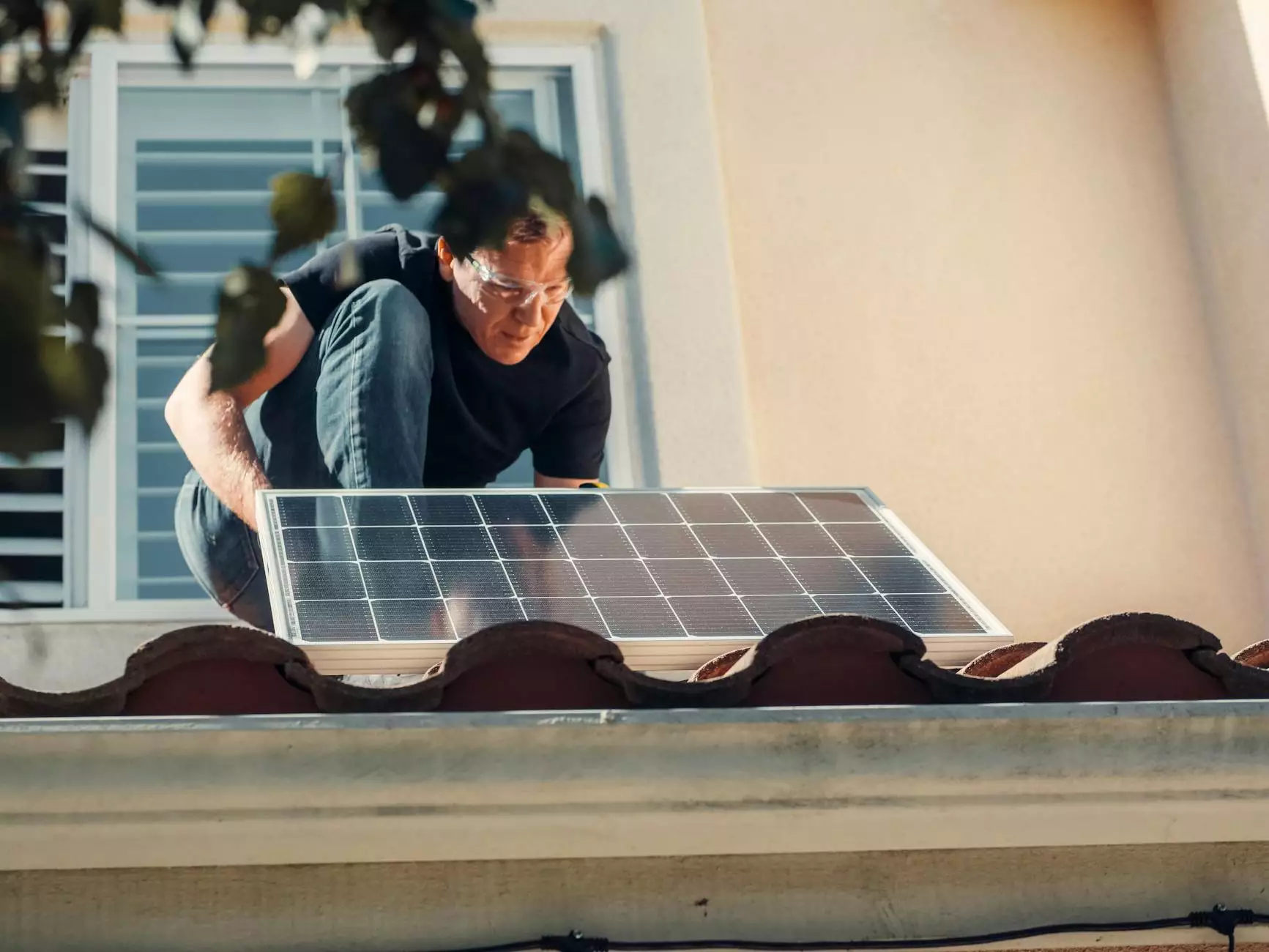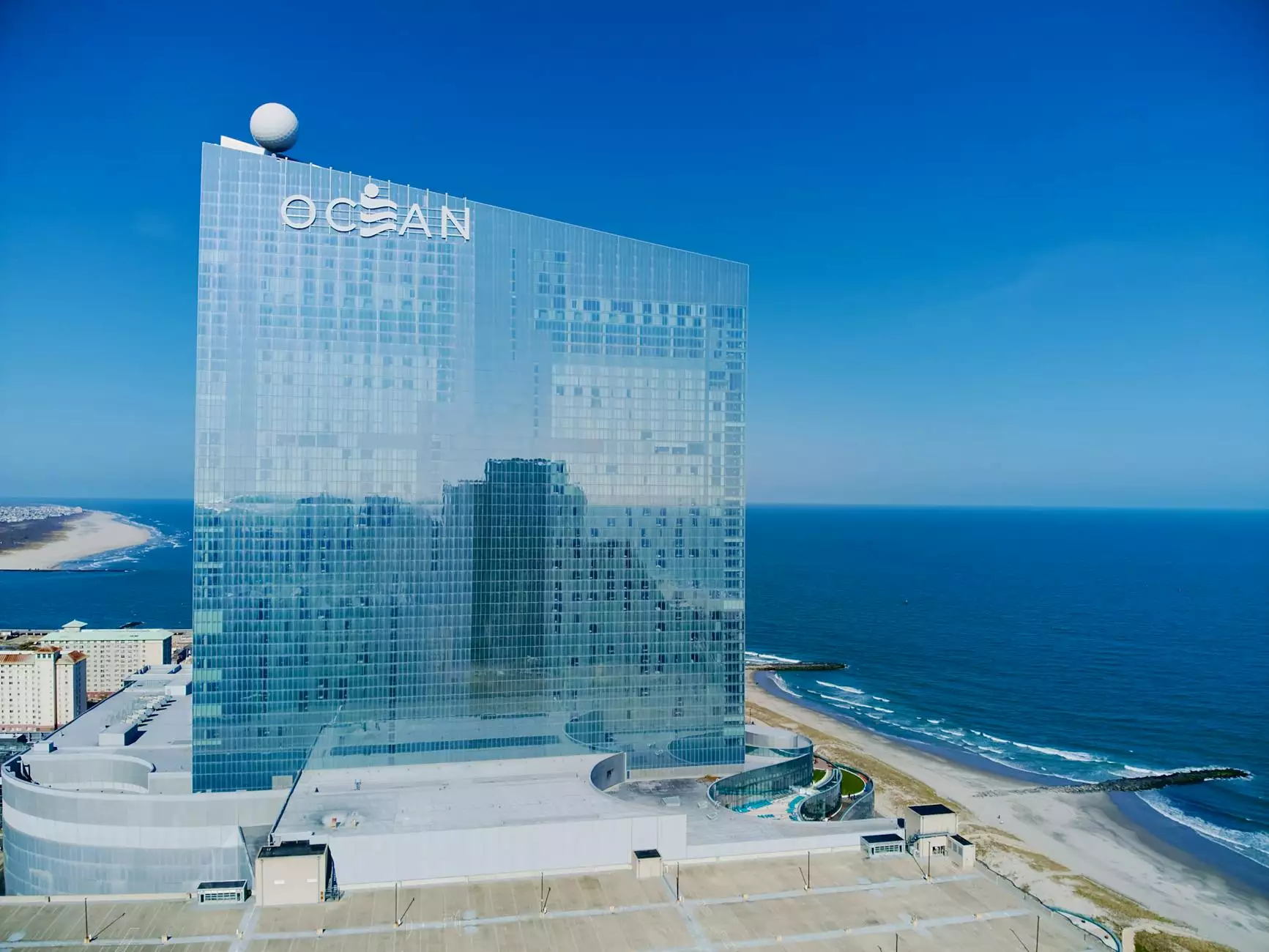Exploring the World of Light Installation Art

In recent years, light installation art has emerged as one of the most captivating forms of contemporary art, blending technology, creativity, and artistry to create breathtaking experiences. With roots that delve deep into the realms of traditional art forms and futuristic innovations, this genre invites viewers to engage with light in ways that alter their perception of space, time, and their own senses.
The Evolution of Light Installation Art
The journey of light installation art can be traced back to the early 20th century, where artists began experimenting with artificial light as a medium. Innovators such as Laszlo Moholy-Nagy and Marcel Duchamp were among the pioneers who explored how light could transform physical spaces. At the same time, advancements in technology enabled these artists to manipulate light in dynamic and interactive ways.
Key Milestones in Light Installation Art History
- The 1960s: The advent of new materials and electronic technology paved the way for artists to incorporate neon lights and fluorescent tubes into their installations.
- The 1970s: Artists like James Turrell began to focus on how light could be used to shape perception, leading to the development of immersive environments.
- The 1980s and Beyond: The emergence of digital technology and interactive media extended the potential of light installations, allowing for greater audience engagement.
Understanding the Significance of Light Installation Art
At its core, light installation art is not merely about illuminating a space; it’s about creating a dialogue between the artwork and its viewers. This form of art challenges traditional boundaries and invites spectators to partake in a unique experience that often evokes emotion, reflection, and awe.
Transforming Spaces and Experiences
One of the remarkable aspects of light installation art is its ability to transform ordinary spaces into extraordinary experiences. Through the strategic use of light, artists can alter the atmosphere of a location, thereby affecting how individuals interact with the environment around them. Here are some examples of how light installations have been used to transform spaces:
- Public Installations: Large-scale installations in public spaces, such as parks and plazas, often draw large crowds and foster a sense of community and shared experience.
- Interactive Exhibits: Many light installations invite viewers to engage with the artwork, allowing them to influence the light patterns and colors, thus becoming co-creators of the experience.
- Architectural Light Installations: In urban settings, light installations can enhance architectural features, illuminating buildings and public art in innovative ways that redefine how we see our cities.
Grimanesa Amorós: A Leader in Light Installation Art
Among the vanguard of contemporary artists contributing to the light installation art movement is Grimanesa Amorós, whose work has made significant waves in the art world. Her installations not only bring a visceral beauty to spaces but also carry poignant messages about identity, culture, and transformation.
Artistic Philosophy and Vision
Amorós draws inspiration from her Peruvian heritage, weaving narratives that reflect her background and personal experiences. By employing light to create immersive environments, she creates spaces that invite viewers to engage, reflect, and connect with the themes presented in her work.
Notable Works by Grimanesa Amorós
Some of her most celebrated installations include:
- “The Floating Island”: An iconic piece that utilizes LED lights to create an ethereal atmosphere, allowing viewers to feel as if they are part of a mystical landscape.
- “Sophie”: This installation incorporates both light and water, reflecting the interplay between these elements and symbolizing the dualities present in nature.
- “Cascades”: A colossal installation that enchants audiences with its dynamic light patterns, representing the fluidity of water and life.
Engaging with Light Installation Art: Different Perspectives
Light installation art can be appreciated through various lenses, ranging from personal emotional responses to broader socio-cultural implications. Here we delve into a few perspectives that enhance the understanding and appreciation of this art form:
Emotional Impact of Light Art
The emotional resonance of light installations cannot be overstated. When individuals encounter these artworks, they may experience a sense of wonder, nostalgia, or even introspection. The combination of colors, movement, and structure creates a multisensory experience that can evoke a wide spectrum of emotions.
Cultural Connections
Light installations have the power to bridge cultural gaps. Artists often infuse their work with cultural narratives, allowing viewers to engage with diverse histories and perspectives. Amorós, for example, invites reflection on her heritage through her light-based artworks, fostering a sense of cross-cultural dialogue in her installations.
Technological Innovations in Light Art
As technology continues to evolve, the potential for light installation art expands exponentially. Artists are now using virtual reality, augmented reality, and interactive elements, which further enhance the viewer's experience. These innovations are reshaping what we consider art and opening new avenues for exploration.
Creating Your Own Light Installation Art
For those inspired by the beauty of light installation art, creating a piece can be an exciting venture. Here are some steps to get started:
1. Conceptualize Your Idea
Think about the message or feeling you wish to convey through your installation. Your vision is the backbone of your project.
2. Choose Your Materials
Light installations can be created using a variety of materials, including:
- LED lights
- Neon tubing
- Projectors and screens
- Mirrors and reflective surfaces
- Natural elements, such as water or plants
3. Plan Your Space
Identify where your installation will be situated. Consider how the surrounding environment will influence the viewer’s experience.
4. Execute Your Design
Bring your vision to life! Ensure that you carefully consider the placement of lights and any potential interaction with viewers.
5. Gather Feedback
Once your installation is complete, invite others to experience it and gather their insights. Feedback can be invaluable in understanding the impact of your work.
The Future of Light Installation Art
The future of light installation art is luminous. As technology continues to advance and as more artists experiment with this medium, we can expect a new wave of creativity that will push boundaries and inspire new generations. With its capacity to evoke emotions, connect cultures, and transform experiences, light installation art is destined to remain a vibrant and essential part of the contemporary art landscape.
Embracing Innovation
The integration of AI and smart technology into installations may revolutionize how audiences interact with light art. Artists can create dynamic works that respond to viewers' actions or even to environmental changes in real-time, thus enhancing engagement and personalization.
Global Collaborations
Collaborations between artists across different countries and cultures will likely create multicultural installations that honor and amalgamate diverse narratives. As global connectivity expands, so does the potential for rich artistic exchanges that will redefine light installation art.
Conclusion: The Power of Light
In conclusion, light installation art is more than just an aesthetic indulgence; it is a profound exploration of the interplay between light and our perceptions. Artists like Grimanesa Amorós exemplify the potential of this art form to evoke feelings, challenge perceptions, and inspire dialogues across cultures. As we gaze into the illuminated future of art, we embrace the myriad ways light can transform our world, leaving an indelible mark on our collective consciousness.









